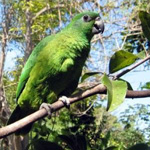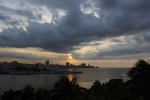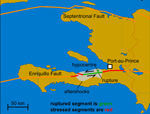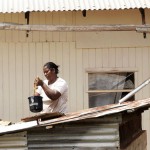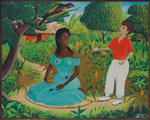Jamaican Wildlife Threatened By International Biopiracy
By Zadie Neufville, IPS | Haiti Chery. News of Vienna’s Schoenbrunn Zoo’s newest attraction shocked Jamaican authorities. The unlikely stars: a flock of 45 endangered Jamaican Amazon parrots, hatched from eggs smuggled from the island in rum-cake boxes.
Continue reading →
